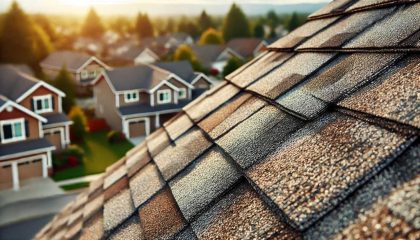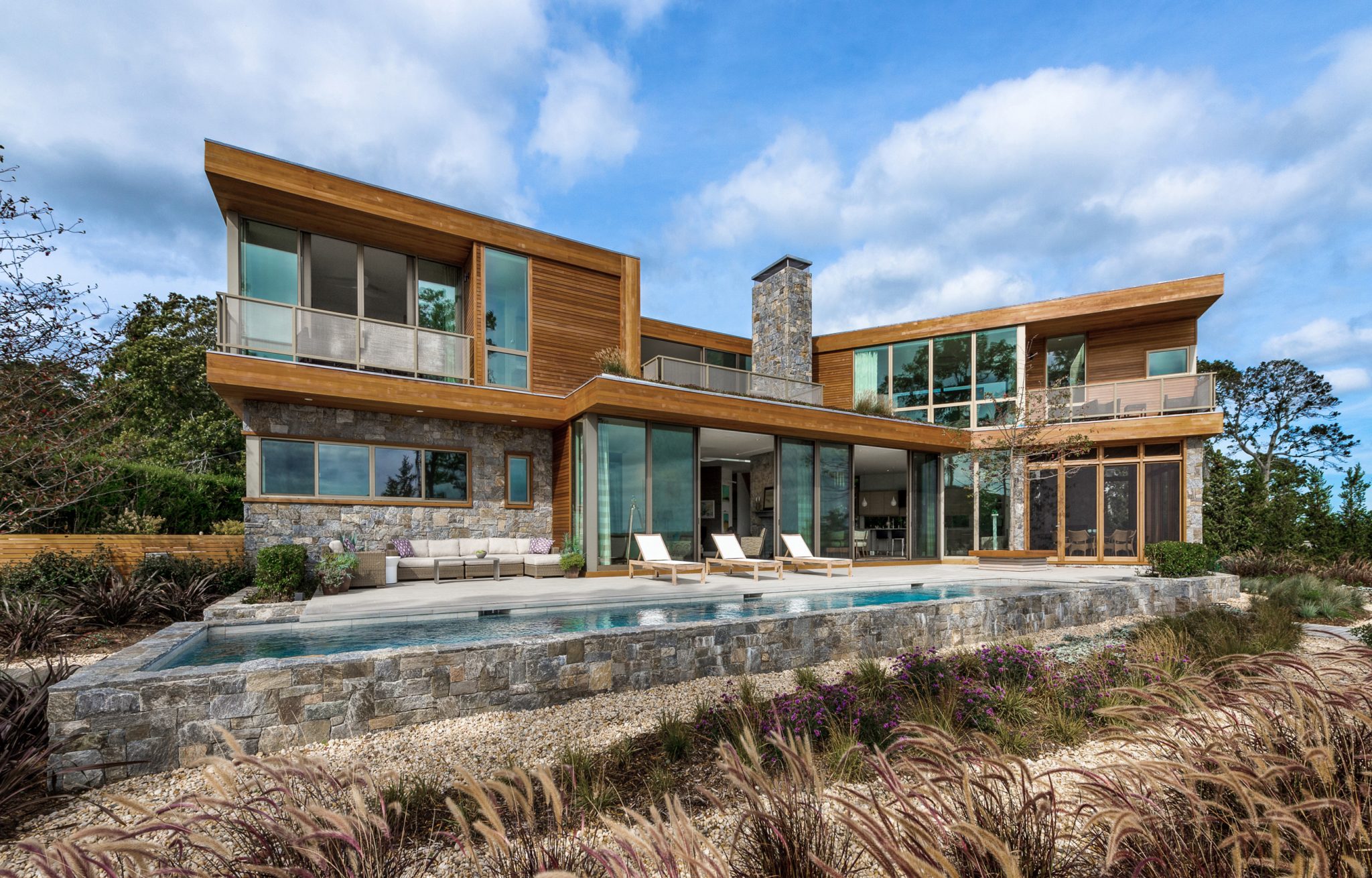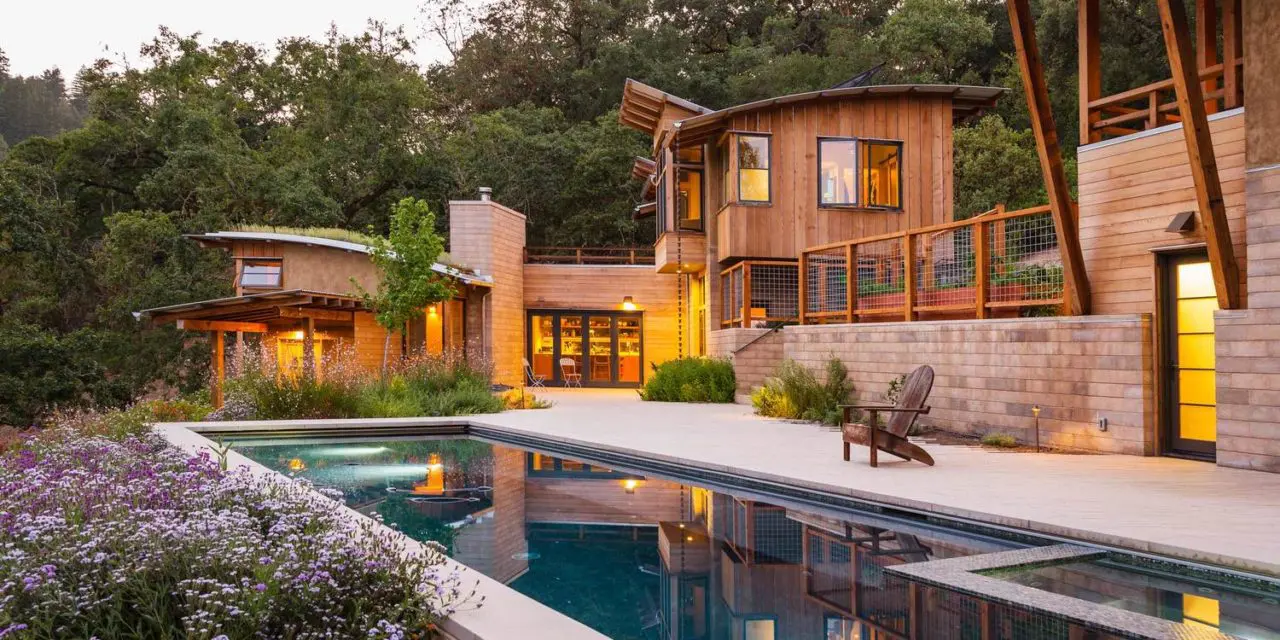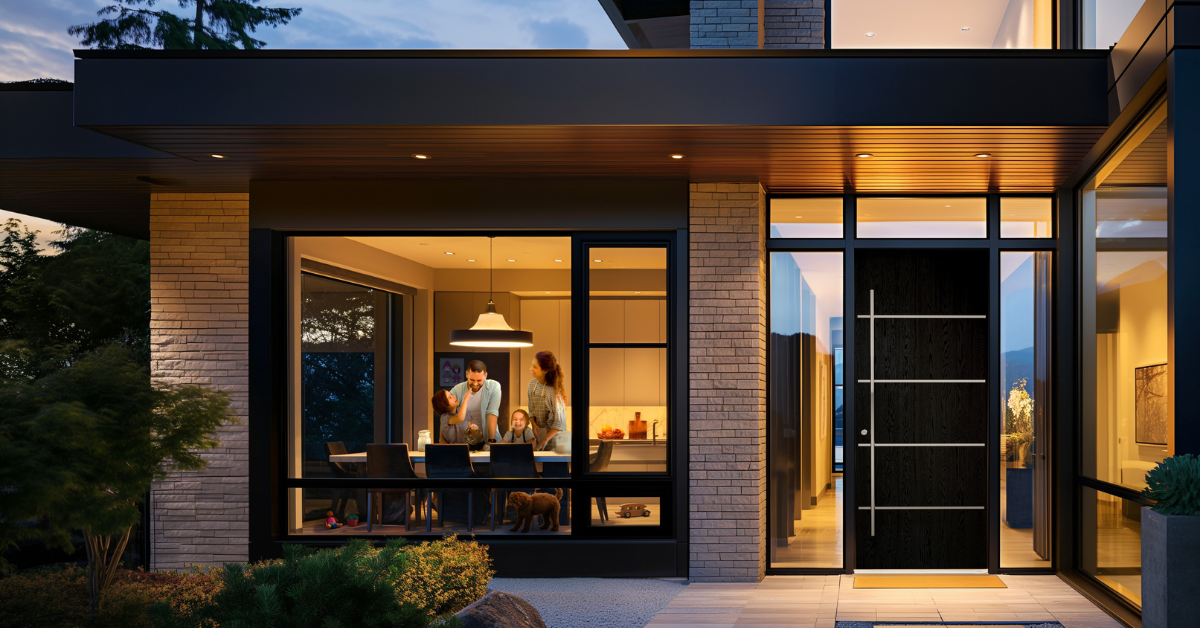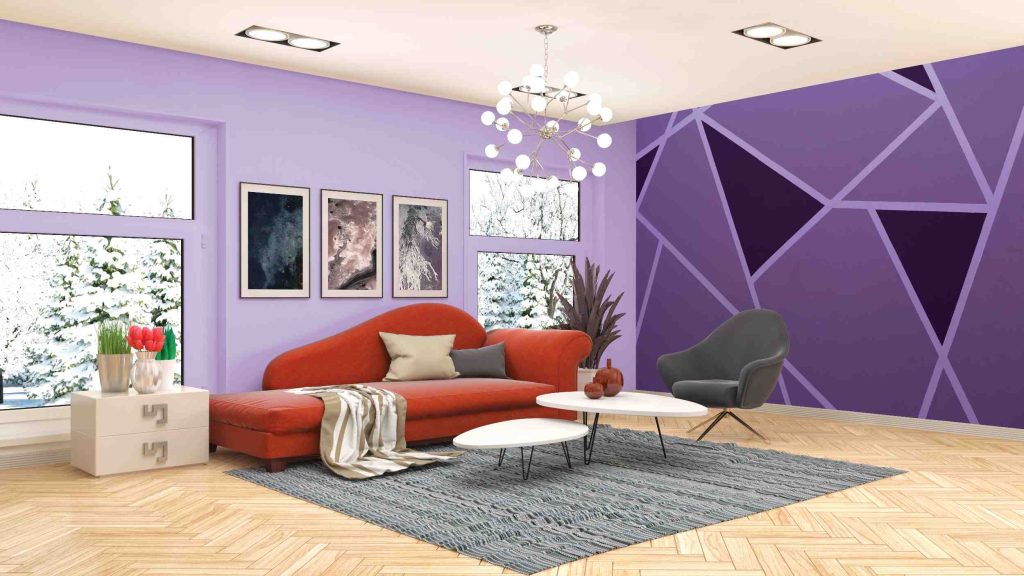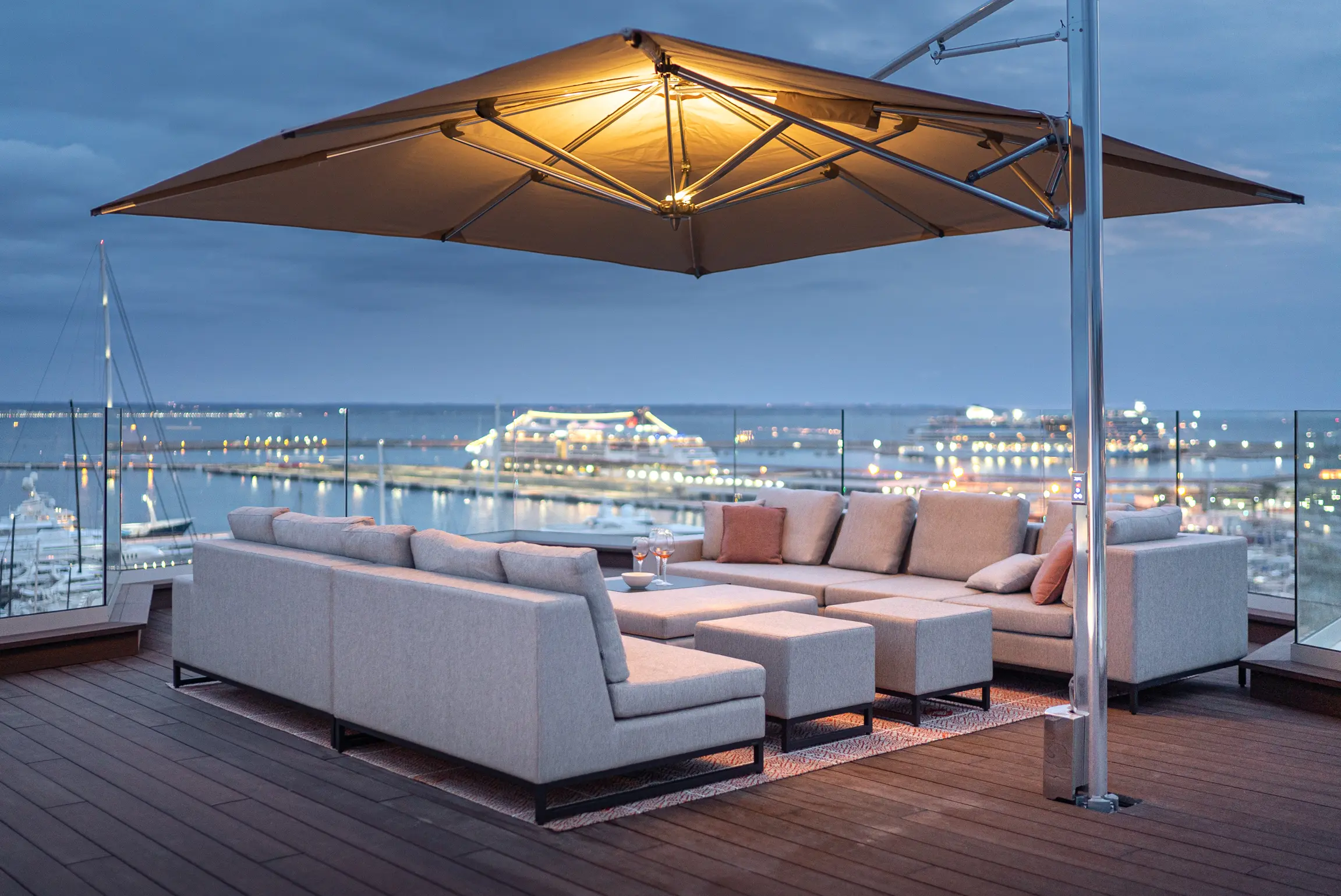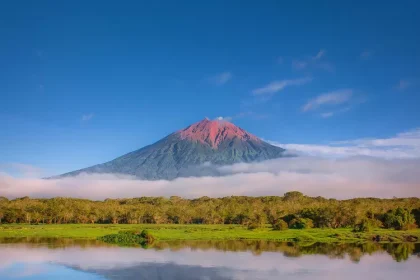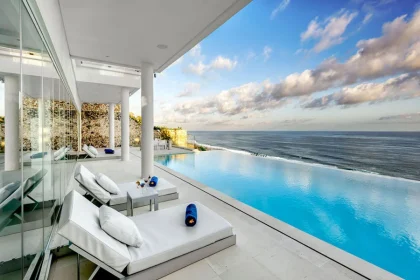The evolution of architectural design has moved toward sustainability, blending technology with natural aesthetics. Organic modern facades represent this transformation by combining clean modern lines with eco-conscious, nature-inspired materials. Unlike purely industrial façades, organic modern designs integrate stone, wood, bamboo, glass, greenery, and recycled composites to create exteriors that feel alive, functional, and sustainable.
More than just the outer skin of a building, these facades enhance environmental performance, regulate temperature, and reduce energy consumption. As cities grow denser and climate change becomes a pressing concern, organic modern facades have become a key solution for architects, developers, and homeowners who want to balance function, style, and sustainability.
The Concept of Organic Modern Facades
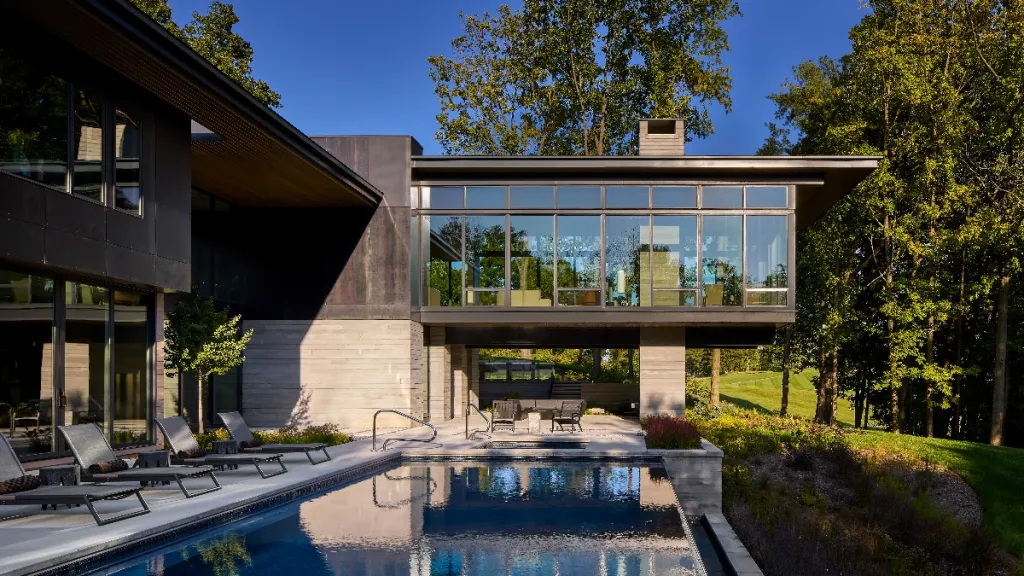
robbreport.com
The idea behind organic modern facades is to create a seamless connection between architecture and nature. This involves incorporating natural textures, biophilic design principles, and advanced building technologies. Instead of harsh industrial surfaces, these facades soften urban landscapes by introducing natural warmth and ecological function.
From vertical gardens to bamboo cladding, every element is chosen not only for its aesthetics but also for its performance. For example, wood louvers can block heat while allowing airflow, and green walls can reduce urban heat while purifying air. These design solutions transform buildings into living systems that interact with their surroundings.
Benefits of Organic Modern Facades
Organic modern facades offer a wide range of practical and ecological benefits that make them highly desirable in contemporary projects.
- Energy Efficiency: Natural ventilation systems, shading devices, and green walls reduce reliance on artificial cooling and heating.
- Sustainability: Many materials used are renewable, recyclable, or sustainably harvested, reducing the carbon footprint of construction.
- Health and Well-being: Biophilic elements such as plants and natural textures improve air quality, reduce stress, and boost occupant well-being.
- Aesthetic Value: Facades are no longer just protective layers; they become architectural statements that combine minimalism with nature.
- Long-Term Value: High-quality natural materials such as bamboo, treated wood, and stone have long life spans, ensuring cost efficiency in the long run.
Real-World Examples of Organic Modern Facade Products
Here are 10 real-world examples of products and solutions that define organic modern facades. Each has been carefully selected to represent different materials, textures, and sustainable technologies.
1. Bamboo Exterior Cladding
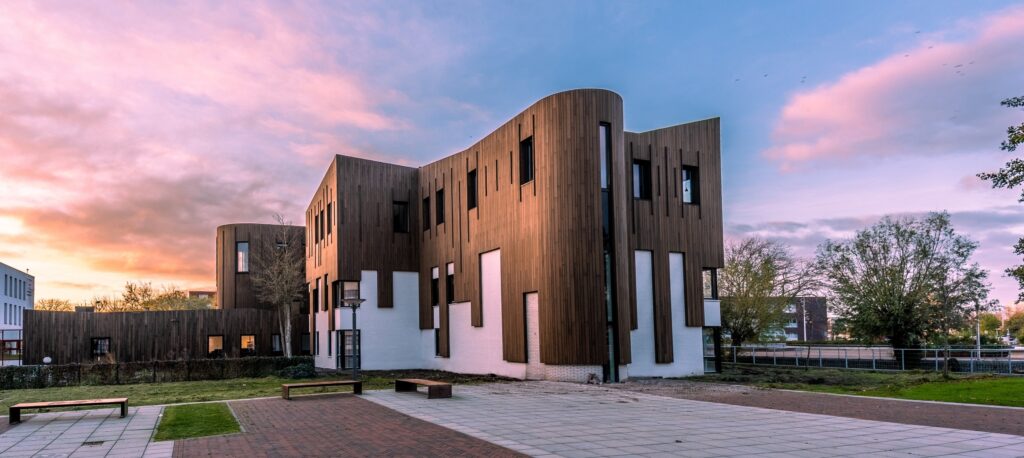
www.moso-bamboo.com
Bamboo cladding has become a sustainable alternative to hardwood. It provides a warm, organic look while being lightweight and durable. Treated bamboo resists weathering, UV rays, and pests, making it ideal for exterior use. It’s also highly sustainable since bamboo regrows in just 3–5 years.
Architects use bamboo facades for residential and hospitality projects where a natural aesthetic is essential. Resorts and eco-lodges, in particular, favor bamboo because it symbolizes harmony with the environment while performing well in humid climates.
2. Stone Veneer Facades
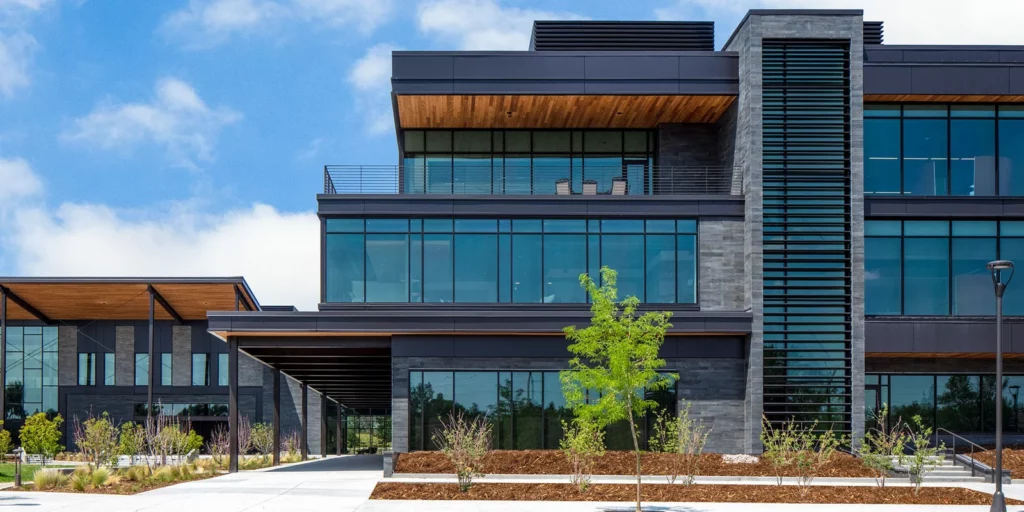
thesurfaceshop.com
Stone veneer offers the luxury of natural stone without the weight or cost of full stone walls. Thinly cut stone slabs are applied to building exteriors, creating textured, tactile surfaces. The material provides excellent insulation, durability, and weather resistance.
Stone veneer is popular for luxury residences, commercial complexes, and institutional buildings that want to project timeless elegance while minimizing energy costs.
3. Living Green Walls
Vertical gardens are among the most iconic organic modern facade elements. Living walls reduce heat, absorb carbon dioxide, and improve air quality while giving buildings a lush, vibrant appearance.
They are especially useful in urban areas where green space is limited. Offices and residential towers often integrate green walls as both a design feature and an ecological necessity.
4. Wooden Louvers
Wooden louvers combine beauty with functionality by providing shading while allowing airflow. They can be fixed or adjustable, and their slatted design filters natural light to reduce glare and heat.
Widely used in modern offices, wooden louvers give buildings a warm, organic touch while cutting energy bills by limiting solar heat gain.
5. Recycled Composite Panels
Composite panels made from recycled wood fibers and polymers are another sustainable facade material. They mimic natural textures while offering high durability and low maintenance.
These panels are favored in large commercial projects because they balance eco-friendly values with cost efficiency and long-term performance.
6. Glass Facades with Organic Patterns
Glass is a staple of modern design, but in organic facades, it’s reimagined with natural motifs, frit patterns, or integration with greenery. This creates transparency while blending with the surrounding landscapes.
Buildings that prioritize daylighting and panoramic views often use organic-pattern glass facades to enhance both aesthetics and sustainability.
7. Terracotta Cladding
Terracotta tiles and panels are making a comeback in modern architecture. Their earthy tones, thermal efficiency, and long-lasting durability make them a sustainable option.
They’re commonly used in institutional and cultural projects where designers want to express authenticity and organic warmth.
8. Metal Mesh Facades with Green Integration
Stainless steel or aluminum mesh is often paired with climbing plants to create hybrid organic facades. The mesh acts as a trellis, while the plants provide shade, reduce heat, and bring a natural character to buildings.
This approach is widely used in parking structures, office buildings, and educational institutions, aiming for an eco-friendly design.
9. Cork Cladding
Cork cladding is emerging as one of the most innovative facade materials in sustainable architecture. Harvested from the bark of the cork oak tree, cork is a renewable resource with outstanding ecological and technical properties. Its natural resilience, insulation qualities, and tactile texture make it an ideal choice for modern building facades.
10. Rammed Earth Facades
Rammed earth construction involves compacting natural soils into layered walls, creating a textured, earthy aesthetic. Modern techniques reinforce it with stabilizers for greater durability.
This facade solution is popular in sustainable housing and community projects, offering low energy use, high thermal mass, and an organic visual identity.
Use Cases of Organic Modern Facades
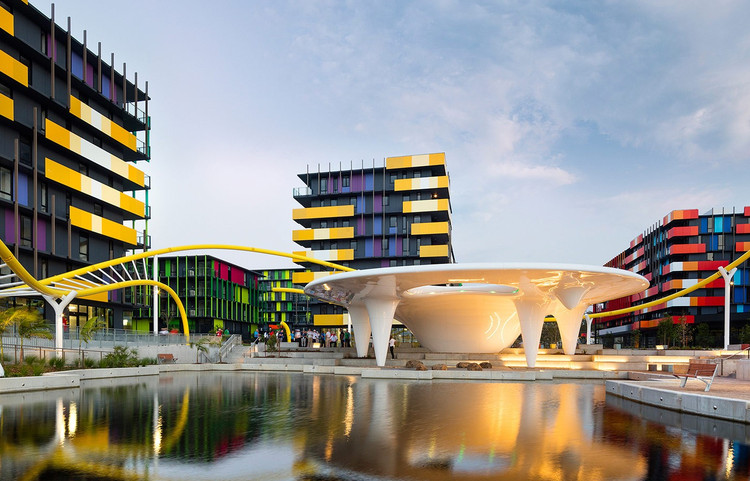
images.adsttc.com
Organic modern facades are not just design choices; they solve real-world architectural challenges:
- Urban Heat Reduction: Green walls and bamboo shading lower urban heat island effects.
- Energy Savings: Natural insulation and shading reduce dependency on artificial cooling/heating.
- Brand Identity: Eco-friendly facades help businesses project sustainability values.
- Wellness Integration: Residential and commercial spaces with organic facades foster healthier living by connecting people with nature.
- Durability in Harsh Climates: Materials like stone, bamboo, and composites withstand extreme conditions better than traditional concrete facades.
How to Buy Organic Modern Facade Products
When purchasing materials for organic modern facades, buyers should look for:
- Certifications: Ensure bamboo, wood, or cork comes with FSC or equivalent certifications.
- Treatment and Processing: Check whether bamboo and wood are thermally treated to resist weathering.
- Supplier Reputation: Work with suppliers known for sustainable practices and reliable quality.
- Customization Options: Choose finishes, textures, and sizes that align with your architectural vision.
Buy Sustainable Bamboo Cladding
Buy Stone Veneer Panels
Buy Vertical Green Wall Systems
Buy Terracotta Facade Panels
Buy Cork Cladding Materials
Frequently Asked Questions
1. Are organic modern facades more expensive than traditional facades?
Initially, organic modern facades may involve higher upfront costs due to premium sustainable materials. However, their durability, energy savings, and low maintenance often make them more cost-efficient in the long run.
2. How long do materials like bamboo or cork last in outdoor facades?
Treated bamboo can last 25–30 years, while cork and terracotta panels can last decades with minimal maintenance. Durability depends on treatment quality and environmental conditions.
3. Can organic modern facades be integrated into existing buildings?
Yes. Many facade systems, including cladding panels and green wall installations, can be retrofitted to older buildings to enhance sustainability and aesthetics.

